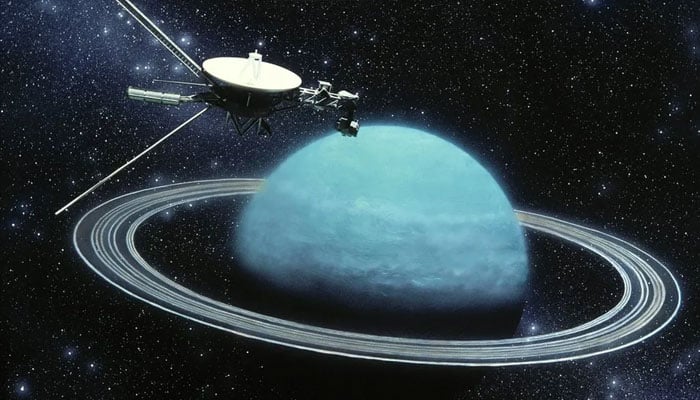A recent research led by UK astronomers challenges our conventional understanding of Neptune and Uranus’ colours.
Images from a 1980s space mission depicted Neptune as rich blue and Uranus as green, but a new study exposes that both ice giant planets share similar shades of greenish-blue.
Professor Patrick Irwin from the University of Oxford, leading the research, notes that the original images were enhanced to emphasise atmospheric details, altering the true colour of Neptune.
Professor Catherine Heymans, Astronomer Royal for Scotland, highlights the common practice of enhancing images in astronomical research.
The study, using data from the Hubble Space Telescope and the European Southern Observatory’s Very Large Telescope, aims to accurately represent the planets’ colours.
Contrary to the enhanced images, the analysis reveals that Neptune and Uranus exhibit a greenish-blue hue, with Neptune showing a slight hint of additional blue due to a thinner haze layer.
The misconception about their colours arose from recombined composite images generated from three-colour captures by NASA’s Voyager 2 spacecraft.
The recent study, detailed in the Monthly Notices of the RAS, aims to rectify this by utilising advanced instruments that capture continuous spectrums, offering a more accurate portrayal of the planets’ true colours.
The research not only corrects the long-standing misconception about Neptune’s colour but also unveils intriguing variations in Uranus’ colour based on its seasonal positioning relative to the Sun.
This groundbreaking study sheds new light on the aesthetics of these distant ice giants, showcasing the importance of precise data analysis in planetary science.

